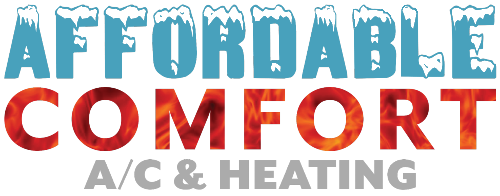Disposable vs. Washable Air Filters
As people become more enthusiastic about green options, they’re looking for goods which they can wash and reuse rather than contribute to the landfill. So, we asked the question, “Are washable filters a better choice than disposable filters?” The answer may surprise you.
MERV
MERV stands for Minimum Efficiency Reporting Value. It was created by the American Society of Heating and Refrigeration Engineers as a method of quantifying the quality of an air filter. The higher the MERV rating, the better it is for collecting microscopic airborne particles.
First, it’s important to understand a little more clearly what MERV is and how it will affect your filter purchase. A typical washable filter has a MERV of about 4. In the worst-case situation, the MERV 4 filter will collect the bigger-sized particles. The MERV rating is also based on the efficiency of a percentage basis. Because, remember, the better a filter is at collecting dirt, the faster it’s going to get dirty, which will lower its efficiency without frequent cleanings. A filter with a MERV of 4 will gather pet hair but not pet dander. If you’re allergic to pet dander (why do you have a pet??), you may want a filter with a higher MERV, which will do a better job of collecting smaller particles.
Avoiding Mold
So, if you have a washable filter with a MERV of 4, and you clean it frequently, it should continue to collect the pet hair, but probably not the dead skin cells and pet dander. If you’re also allergic to pollen and house dust, a filter with a MERV of 4 isn’t going to filter as well as a higher-rated one. But, wait! When you wash a reusable filter, you have to wait until it is completely dry before you return it to the system so it won’t mold, meaning either your HVAC unit has to be off, or you have to have two.
Always with a filter
The other thing to keep in mind is that the filter is attached to the return air grill will be drawn into your coils. So, a very high MERV will catch a lot of particulates but will also make it harder for the unit to pull, meaning your electric bill will be higher. A lower MERV is excellent for air flow, but you may end up with dirty air and dirty coils. Since dirty coils can be costly to clean, never operate the unit without a filter.
Many people find that a filter with a MERV rating of 11 does an excellent job keeping the air clean, but some will drop down to a MERV of 8 for the sake of air flow and corresponding electric bill. The highest levels of MERV can be problematic for some units, so it’s best to consult your owner’s manual before using.
Some sizes for a comparison
Human hair: 60-100 microns*
Pollen: 30 microns
Household dust: 10 microns
Pet dander: 5 microns
Bacteria: 1-10 microns
Wavelength of infrared radiation particle: .70-300 microns
Choosing the right filter isn't as easy as it sounds, and may require some experimentation on the part of the homeowner to discover the right one for the job.
Trust locally-owned and operated Affordable Comfort A/C and Heating for HVAC preventative maintenance and thermostat services. Call 602-574-1205 to schedule a consultation.
*A micron is a millionth of a meter.


